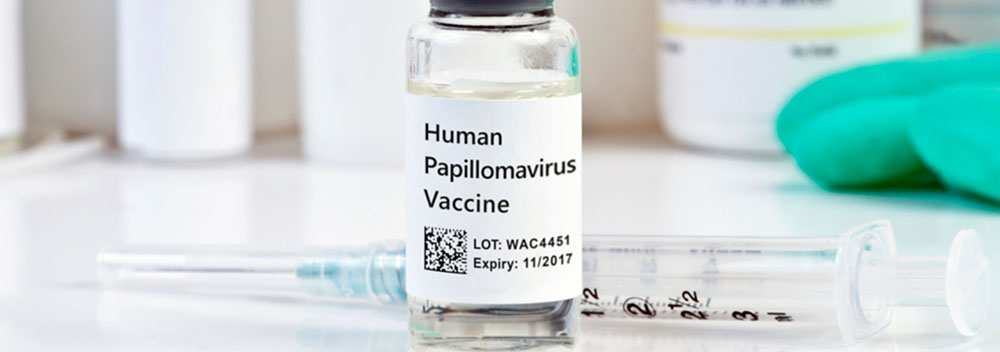By Ute Heiler
When it comes to coding labels, drop-on-demand UV inkjet technology is in many respects superior to the ubiquitous thermal transfer printing.
One of the world’s leading manufacturers of vaccines recently faced an interesting challenge at one of its plants in Italy: they needed a solution for reliable, durable and fast coding of labels for vials. The production managers were also clear that choosing the right printing technology would have a decisive impact on the overall performance of the entire packaging line and therefore on productivity, as well as ultimately on profitability. The solution was a printing system from Atlantic Zeiser based on DoD UV inkjet technology. This is just one of many practical examples showing that, with high production outputs, in many cases there is a better choice than the currently used thermal transfer printing. For a variety of reasons, this technology is repeatedly coming up against certain limitations. And this applies not only to vials, but also to bottles or prefilled syringes.
For safety-conscious pharmaceutical manufacturers in particular, thermal transfer printing technology has a major drawback: the printouts produced with these systems are often susceptible to abrasion. “If, later in the cover packaging process or inside the secondary packaging, labeled products are exposed to mechanical loads such as friction from rubbing against each other, there is a risk of the printed information such as the expiry date becoming worn away,” explains Michael Urso, Product Manager Pharma & Packaging Solutions at Atlantic Zeiser. At worst, it may be illegible by the time it arrives at its destination. “Especially with high-value products such as vaccines and pre-filled syringes, this is unacceptable for pharmaceutical manufacturers.” Although thermal transfer ribbons with a high resin content can reduce this risk, even these generally cannot offer reliable resistance if exposed to disinfectants or finger sweat for longer periods.
Many plants are fine-tuned for maximum efficiency
Because many production and packaging lines for medicines are fine-tuned for maximum efficiency, a further disadvantage often makes itself felt: at high throughput rates, a thermal transfer printer can be the factor that limits a packaging line’s overall performance. “At speeds in excess of 10 to 15 meters per minute, the print quality deteriorates substantially, which in turn affects the rejection rate,” says Urso.
Because of the mechanical contact between the printing system and the label, there is a further risk of the thermal transfer ribbon being caught and pulled away as a result of adhesive residues, for example, or failing to apply all parts properly owing to ribbon wrinkles. If this regularly causes interruptions in production on the whole packaging line, the specified overall performance will not be maintained and the costs per unit will rise.
At the same time, at high throughput rates the heat bars of thermal transfer printers are permanently mechanically stressed. Consequently, these components need to be exchanged regularly if print quality is to be upheld. Of itself, this already represents a certain cost factor, but this can rise exponentially if the need for a part to be exchanged is detected late, leading to packaging line downtimes as well.
Four times faster than thermal transfer printing
With the contact-free drop-on-demand inkjet printing technology, tiny droplets of ink are ejected through microscopic nozzles onto the label by piezoelectric pulses. On its DIGILINE Label system, Atlantic Zeiser uses special inks that are cured by UV light in fractions of a second. The resultant printouts are extremely resistant to abrasion, disinfectants and sweat and also offer good ageing resistance if exposed to sunlight, for example. At the same time, the process achieves relatively high speeds of 60 meters per minute without any loss of quality.
That is more than four times faster than with thermal transfer printing and, depending on the label length, is equivalent to up to 900 labels per minute. Although this rate is considerably higher than can be processed by conventional labelers, there are certain applications that also call for such high speeds.
Since DoD print heads together with their UV dryers form relatively complex assemblies, the purchase price is higher than for thermal transfer systems, and the systems also need slightly more space. However, depending on the print size, the running costs for UV-curable ink can work out up to one-third lower than for thermal transfer ribbons.
Negligible wear and tear
If regularly and correctly maintained and cleaned, the DoD print heads experience practically no wear and tear. UV-A LED technology is used on the associated dryers, so that both energy consumption and service life have hardly any impact on the systems’ economy.
The DIGILINE Label developed by Atlantic Zeiser specifically for printing pharmaceutical labels, which includes a nearline variant that directly feeds the printed labels to a labeler, has so im-pressed the aforementioned vaccine manufacturer that it has installed six of these printing systems in its plant in the meantime – a decision almost certainly influenced in part by the ease with which they are retrofitted. The risk of codes or text being damaged if the serum bottles rub against each other in the packaging line or secondary packaging has thus been successfully eliminated – and with a significant boost to productivity.
www.atlanticzeiser.com
